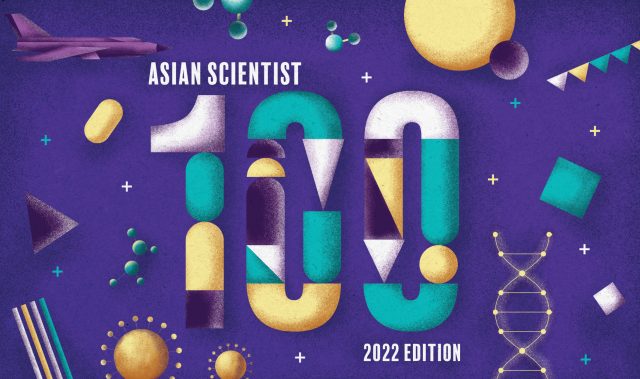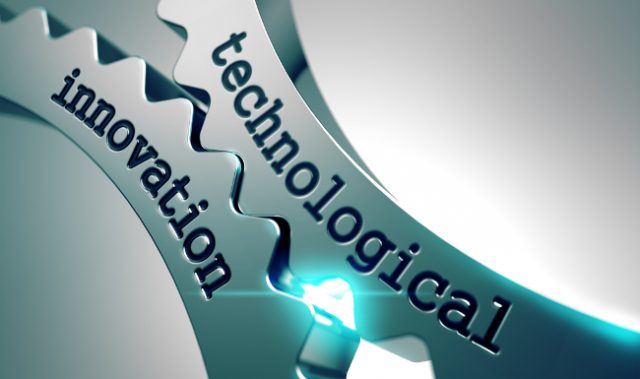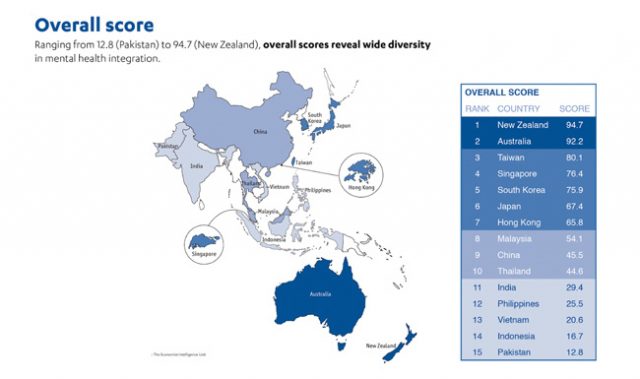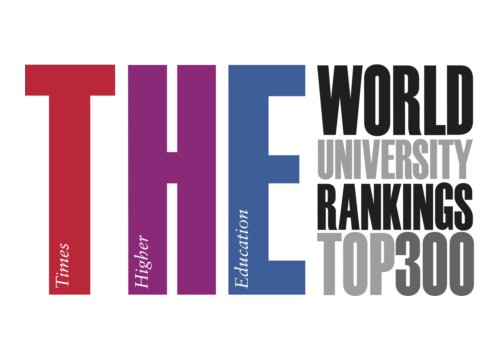

While the heat had been felt mainly by businesses in the past, the international scientific community is starting to take notice of China’s growing presence on the R&D scene.
And it is not just China they are concerned about, but other Asian economies such as Singapore and Malaysia are also eyeing a bigger bite of the global R&D pie.
To get an idea of why scientists around the world are feeling jittery, let us examine the following figures. In the last 15 years, China’s R&D spending has increased by 20 percent a year.
According to Dr. Megan Clark, chief executive of the Commonwealth Scientific and Industrial Research Organization’s (CSIRO), this means that for the first time, the Asian region has overtaken all of the Americas in R&D spending – at AU$519 billion per year compared to the latter’s AU$512 billion.
“What we also know is the Chinese government now aims to increase that, so they’re currently spending around 1.8 percent of their gross domestic product on R&D and they aim to move that to 2.5 percent, which will exceed what Australia spends,” said Dr. Clark during an interview with ABC Radio Australia.
“We currently spend around 2.2 percent and, of course, a much smaller economy. So when the second largest economy in the world commits to spending 2.5 percent, that’s a major commitment. So Australia can’t match that level of investment. It’s really beyond what’s realistic,” Dr. Clark said.
As for other countries in Asia, Singapore spends 2.6 percent of her GDP on R&D, while Japan and Korea spend 3.47 percent and 3.4 percent respectively.
Asia’s growing spending would not be as worrying if the rest of the world’s R&D industries were growing at the same rate. However, figures from the 2010 National Science Foundation Key Science and Engineering Indicators demonstrate that overall R&D growth in U.S. and Europe has plateaued, averaging five to six percent annually over the period from 1996 to 2007, whereas R&D growth rates of Asian economies during the same period often exceeded ten percent. Singapore has nearly doubled its spending between 1996 and 2007 from 1.37 to 2.61 percent of its GDP.
During the interview, Dr. Clark warned that Australian scientists are in danger of being left behind by their counterparts in Asia unless they radically change the way they work, a sentiment felt by other prominent scientists in the country.
Examining the performance of Asian high school students on standardized tests by the Program for International Student Assessment (PISA) provides insight into her concern. According to PISA results, four of the top five highest-performing school systems were Asian nations – Hong Kong, Korea, Singapore, and Shanghai.
A report by the Grattan Institute earlier this year showed Western countries – including Australia – slipping behind East Asian systems in school performance. The difference in educational outcomes is so stark that in Shanghai, the average 15-year old mathematics student is performing at a level two to three years above his or her counterpart in Australia, the USA, the U.K., and Europe.
While East Asian students surge ahead in school performance, particularly in areas of math and science, Australian students have done the reverse. The Status and Quality of Year 11 and 12 Science in Australian Schools report released in December 2011 found that since 1991, the percentage of year 11 and 12 students enrolled in science subjects had fallen dramatically, from 94.1 percent to just 51.42 percent in 2010 – a trend which lead author Professor Denis Goodrum of the Australia Academy of Science described as “disturbing.”
Goodrum’s concerns were echoed by the National Health and Medical Research Council’s (NHMRC) CEO, Professor Warwick Anderson, in a recent interview with Asian Scientist Magazine.
So how can Australia hope to remain competitive in the international R&D scene?
One such way, according to CSIRO chief executive Dr. Clark, is to embrace the competition and to establish more research partnerships with China.
“Our collaborations must be with the best in the world, and that includes the emerging best that’s coming out of China,” she said.
Australian institutions have already taken a step in this direction. Some Australian universities, such as the University of Sydney, have started to recognize China’s GaoKao exam for admittance into an undergraduate program. The NHMRC gives out grants that allow non-Australian researchers based overseas to be co-chief investigators, so long as the principle investigator is an Australian at an Australian institution.
While these measures may help Australia retain her international research presence, they are not substitutes for the need to nurture home-grown talent. Ultimately, Australia needs to look within herself and tackle issues facing the scientific education of her young, said Dr. Clark.
“Australia needs to work smarter, so how do we make ourselves more attractive when it’s not just a matter of pouring money in. And one thing we can do better which CSIRO’s working on is how do we take the very best of what we have, put it with the very best that you have in universities, the very best we have in medical institutes, the very best we have in other research organisations and industry,” she said.
The full transcript of the interview can be found at: Australian scientists need to catch up with Asia, says CSIRO chief.
——
Copyright: Asian Scientist Magazine; Photo: Sanofi Pasteur/Flickr.
Disclaimer: This article does not necessarily reflect the views of AsianScientist or its staff.












